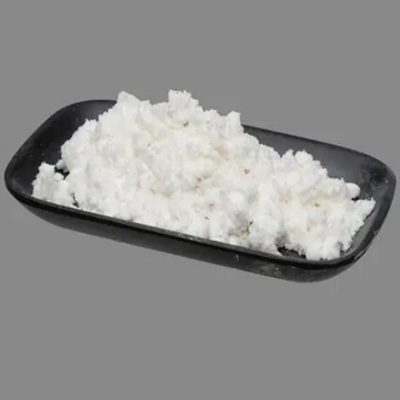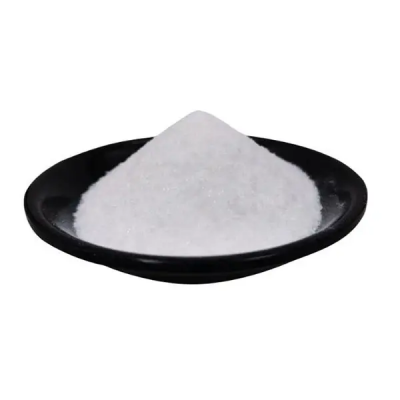Cuprous thiocyanate CAS:1111-67-7
Cuprous thiocyanate has several notable applications across different fields. In the realm of chemistry, it serves as a precursor for the synthesis of other copper-containing compounds and plays a role in catalysis. Its unique electronic properties make it valuable in the development of semiconductor materials, particularly for thin-film transistors and photovoltaics. Researchers are studying its potential use in solar energy conversion systems due to its ability to facilitate charge transport. In addition to its electronic applications, cuprous thiocyanate is utilized in analytical chemistry as a reagent for detecting certain metal ions. For instance, it can form colored complexes with metals like lead and mercury, allowing for qualitative and quantitative analysis in environmental monitoring. Furthermore, cuprous thiocyanate finds a place in the agricultural sector, where it is explored as a fungicide. Its antimicrobial properties contribute to its effectiveness against various plant pathogens, helping enhance crop protection. Overall, cuprous thiocyanate's versatility extends from material science to agriculture, making it an important compound in both research and industrial applications. As ongoing studies unveil further potential uses, its significance in these fields is likely to grow.



| Composition | CuSCN |
| Assay | 99% |
| Appearance | white powder |
| CAS No. | 1111-67-7 |
| Packing | Small and bulk |
| Shelf Life | 2 years |
| Storage | Store in cool and dry area |
| Certification | ISO. |









